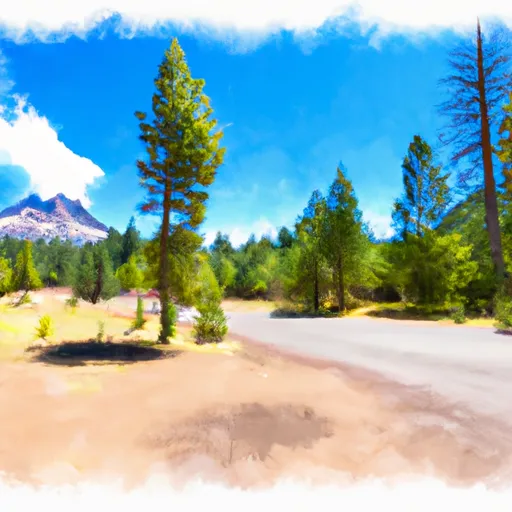°F
°F
mph
Windspeed
%
Humidity











Gilchrist is a small unincorporated community in central Oregon, located within the Deschutes National Forest. The climate of Gilchrist is characterized by warm summers and cold winters, with average temperatures ranging from the mid-20s to mid-80s. The area is also known for its abundant freshwater resources, with several lakes and rivers located nearby. The hydrology constituents of Gilchrist include the Little Deschutes River, Big Marsh Creek, and several small streams and tributaries. Outdoor recreation opportunities in the area include fishing, hiking, camping, and hunting in the nearby forests. The area also offers opportunities for snowmobiling and skiing during the winter months.
Weather Forecast
Gilchrist receives approximately 542mm of rain per year, with humidity levels near 60% and air temperatures averaging around 7°C. Gilchrist has a plant hardyness factor of 6, meaning plants and agriculture in this region thrive during a short period during spring and early summer. Most plants will die off during the colder winter months.
Regional Streamflow Levels
1,110
Cubic Feet Per Second
2,120
Cubic Feet Per Second
985
Cubic Feet Per Second
1,850
Cubic Feet Per Second
Nearby Camping
| Camping Area | Reservations | Toilets | Showers |
|---|---|---|---|
| Crescent Creek | |||
| South Lava Flow | |||
| Cy Bingham County Park | |||
| South Twin Lake | |||
| North Davis Creek | |||
| Boundary Spring |



